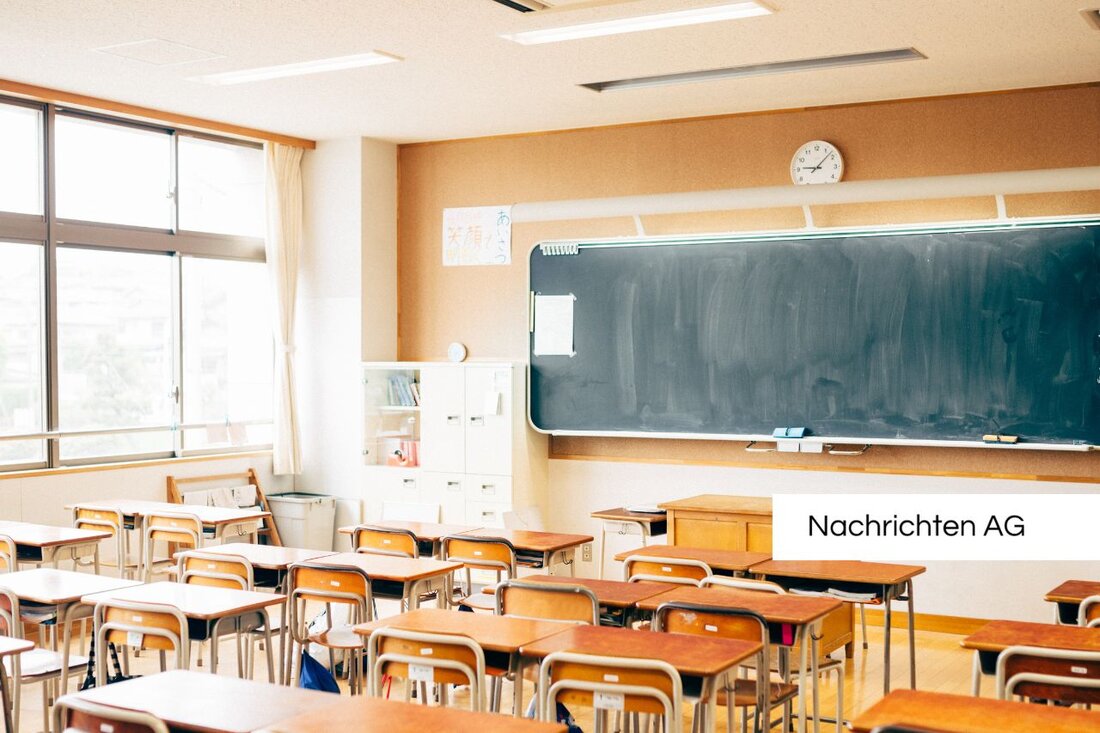Alarming CO₂ values: classrooms endanger the health of the students!
Alarming CO₂ values: classrooms endanger the health of the students!
Österreich - A current study by Technical University of Graz , which was carried out on behalf of the Ministry of Education, has alarming CO₂ values in Austrian classroom noted. In the study period of the school year 2023/24, around 1,200 classrooms were examined nationwide. The result shows that over 75 % of the classrooms exceed the recommended CO₂ guideline of 1,000 ppm. Extrem values were determined with individual measurements up to 6,900 ppm, which almost corresponds to the seven times the acceptable upper limits.
The study also determined that around 25 % of the classrooms did not achieve the minimum level of ventilation recommended by the EU. It is particularly alarming that high CO₂ values are related to increased susceptibility to respiratory infections and an impaired ability to concentrate. Studies show that children, adolescents and young adults react particularly sensitively to such environmental effects, which is why air quality in schools is of crucial importance.
differences in air quality
The examination revealed significant differences between urban and rural schools. Special schools performed significantly better due to lower occupancy density. While urban schools often had better CO₂ values, rural schools had to struggle with inadequate air quality. Mechanical ventilation systems were an effective solution to lower the CO₂ values-especially at outside temperatures below 16 degrees Celsius. These systems reduced the concentration by 450 to 600 ppm compared to manual ventilation.
In the study, CO₂ sensors were installed in about half of the classes tested. These sensors not only improved the ventilation behavior of the teachers and students, but also contributed to the increase in air quality, especially in the winter months. Despite these positive developments, however, many students continued to receive less than 40 % of the recommended minimum air volume flow of 10 liters per second and person.
recommended measures to improve
In order to sustainably improve air quality in the classrooms, experts believe that investments in CO₂ sensors and training courses for teachers and students are necessary for the correct ventilation. Regular shock ventilation of 5 to 10 minutes should be carried out during breaks and during class to ensure air quality. The recommendations of the interior air hygiene commission of the Federal Environment Agency underline the importance of a multiple air change per hour, which should correspond to approx. 25-30 m³/h and person.
In addition, it is crucial that schools develop concrete ventilation concepts. These should not only take into account the temperature from outside air, but also ensure the maintenance and operation of any mechanical ventilation systems. Only through a holistic approach can the health and concentration ability of the students in the classrooms be significantly improved- a point that the Fraunhofer iaq emphasize. An improvement in air quality could not only affect the learning environment of the students sustainably, but also protect their health in the long run.
| Details | |
|---|---|
| Ort | Österreich |
| Quellen | |


Kommentare (0)